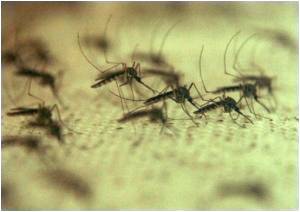Move over sniffer dogs, people who witness a crime may be able to identify criminals by their body odour, suggests new research.

‘People who witness a crime may be able to identify criminals by their body odor, suggests new research.’





To find out more about human odor memory following stressful events, Olsson and his team investigated how well we identify body odor in a forensic setup. In their first experiment, participants watched video clips of people committing violent crimes, accompanied by a body odor that they were told belonged to the perpetrator.
They also watched neutral videos, with a similar setup. Then they identified the criminal's body odor from a lineup of five different men's odors, showing correct identification in almost 70% of cases.
"It worked beyond my expectation," Olsson explained.
In another test, the team conducted the same experiment but varied the lineup size - three, five and eight body odors - and the time between observing the videos and undertaking the lineup - 15 minutes up to one week.
Advertisement
The results also showed that the ability to distinguish the criminal's body odor is significantly impaired if the lineup is conducted after one week of having smelt the offender's body odor.
Advertisement
"Our work shows that we can distinguish a culprit's body odor with some certainty," Olsson said. "This could be useful in criminal cases where the victim was in close contact with the assailant but did not see them and so cannot visually identify them," he noted.
Source-IANS









